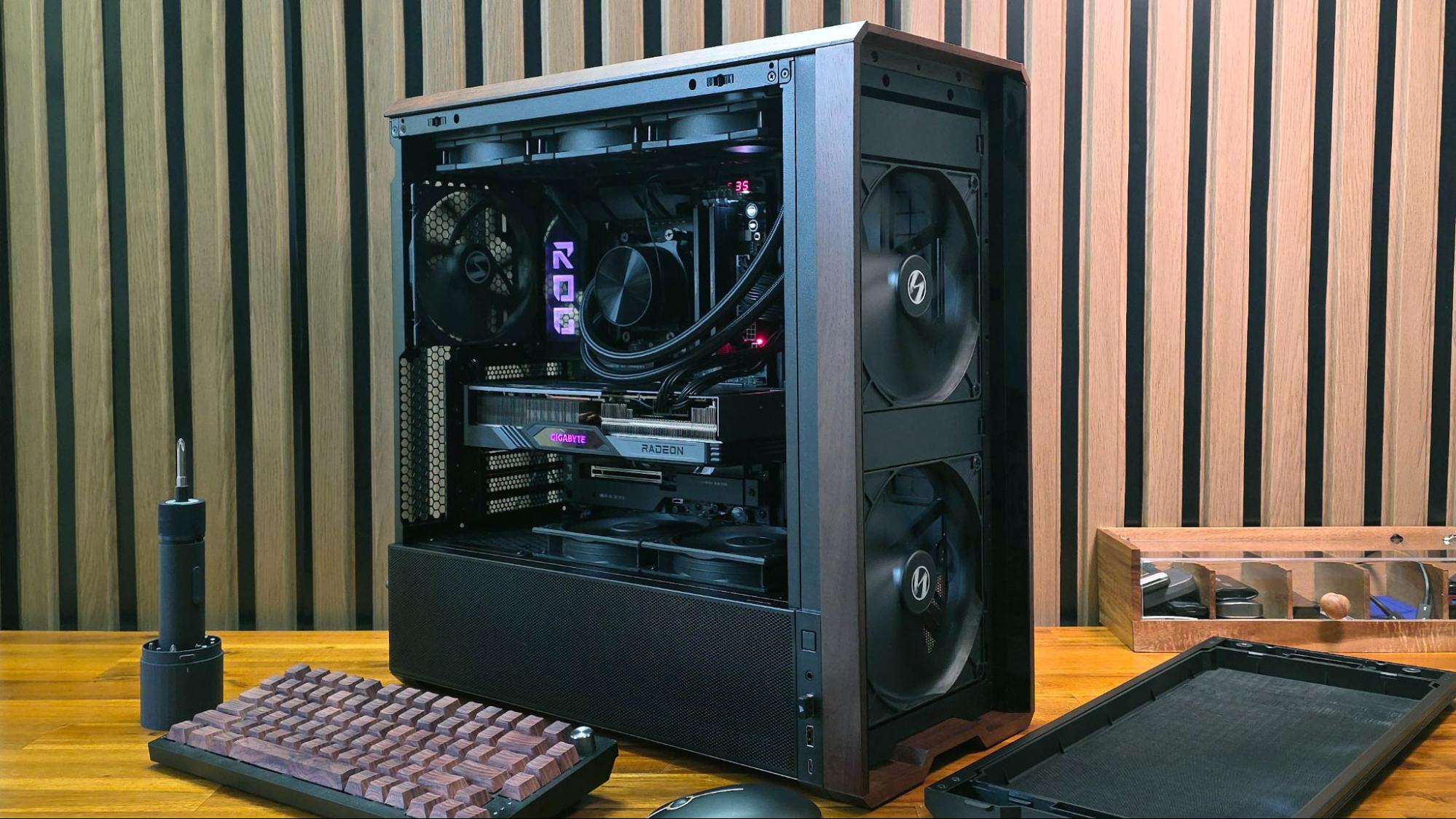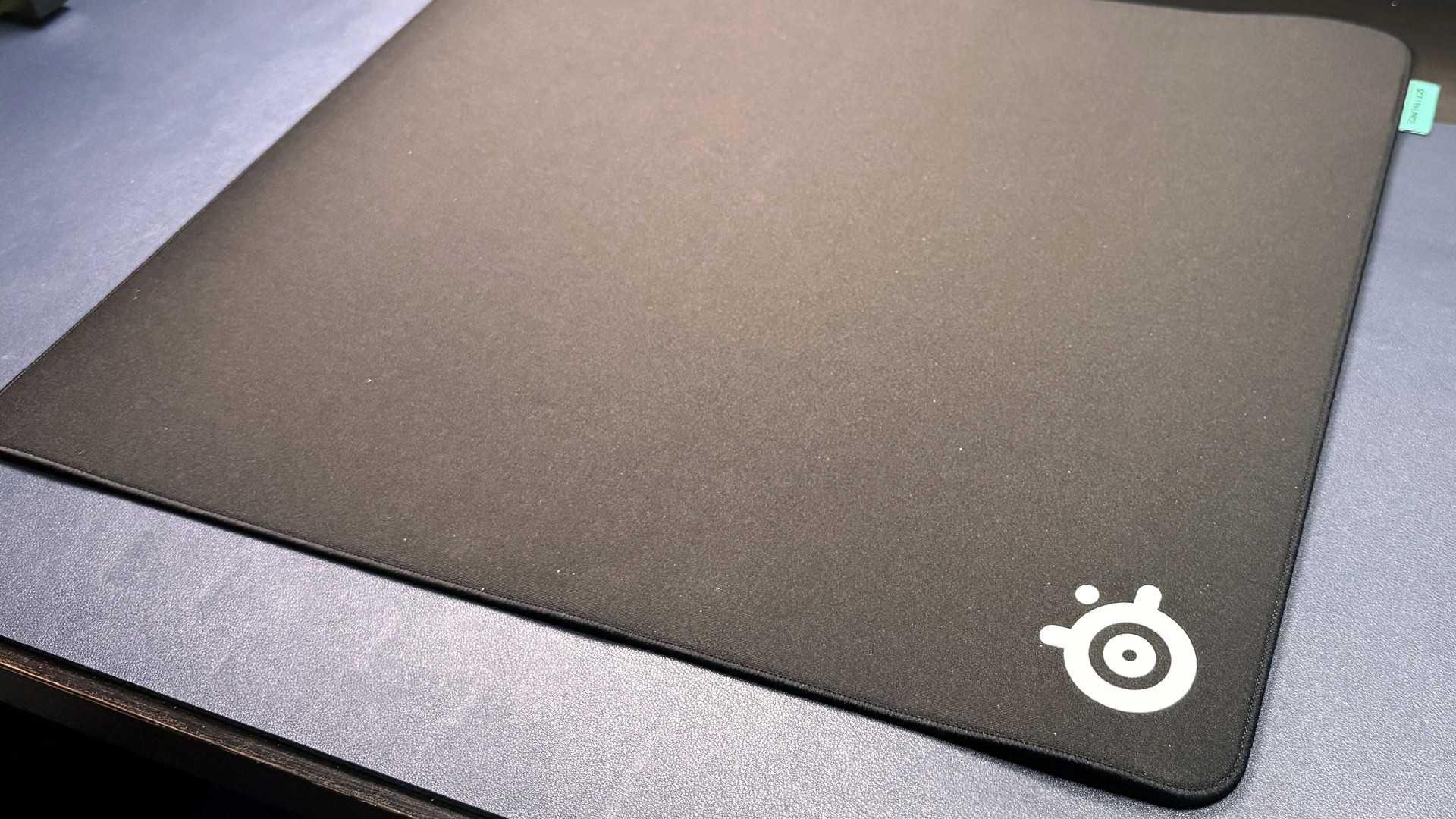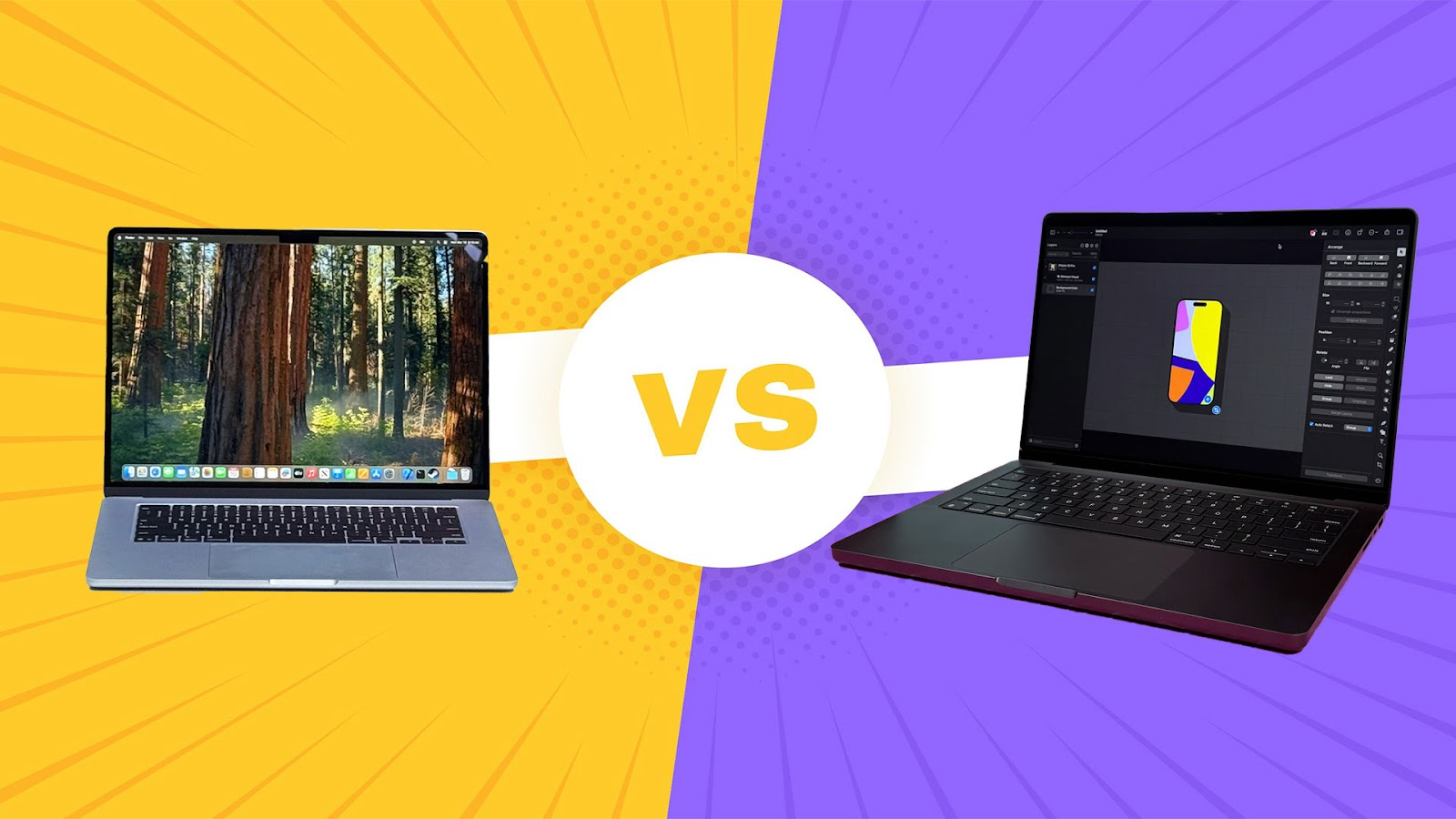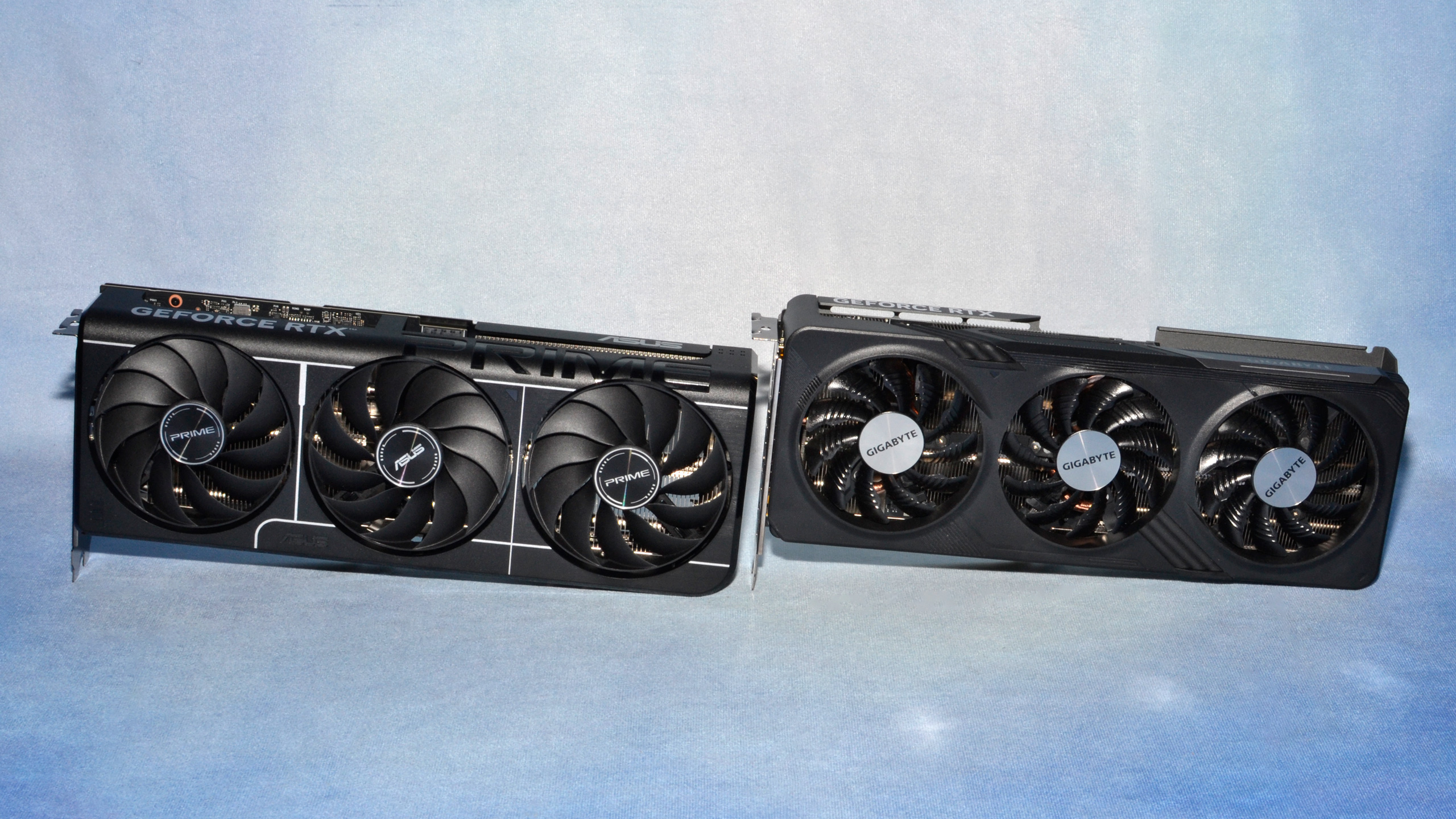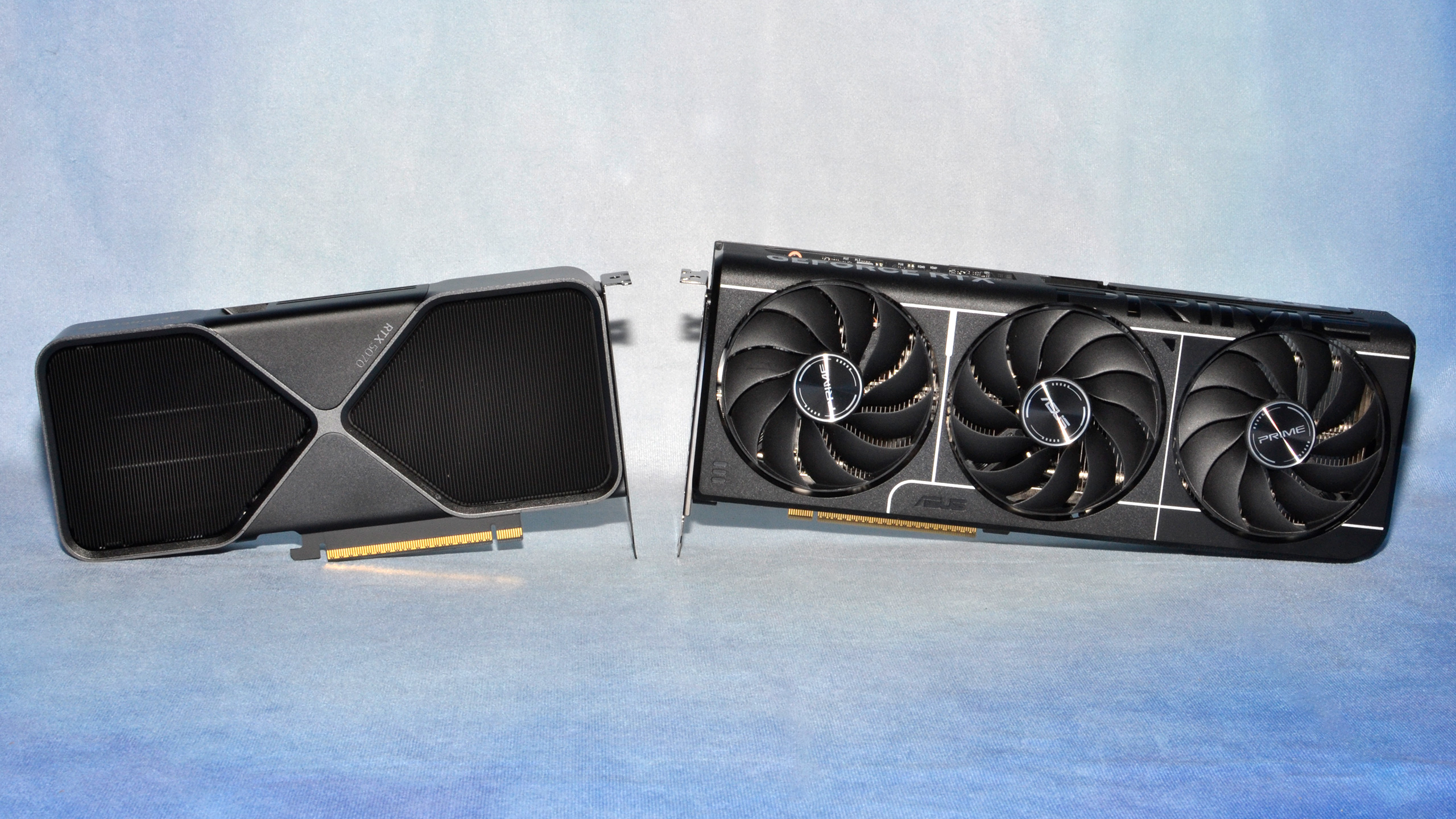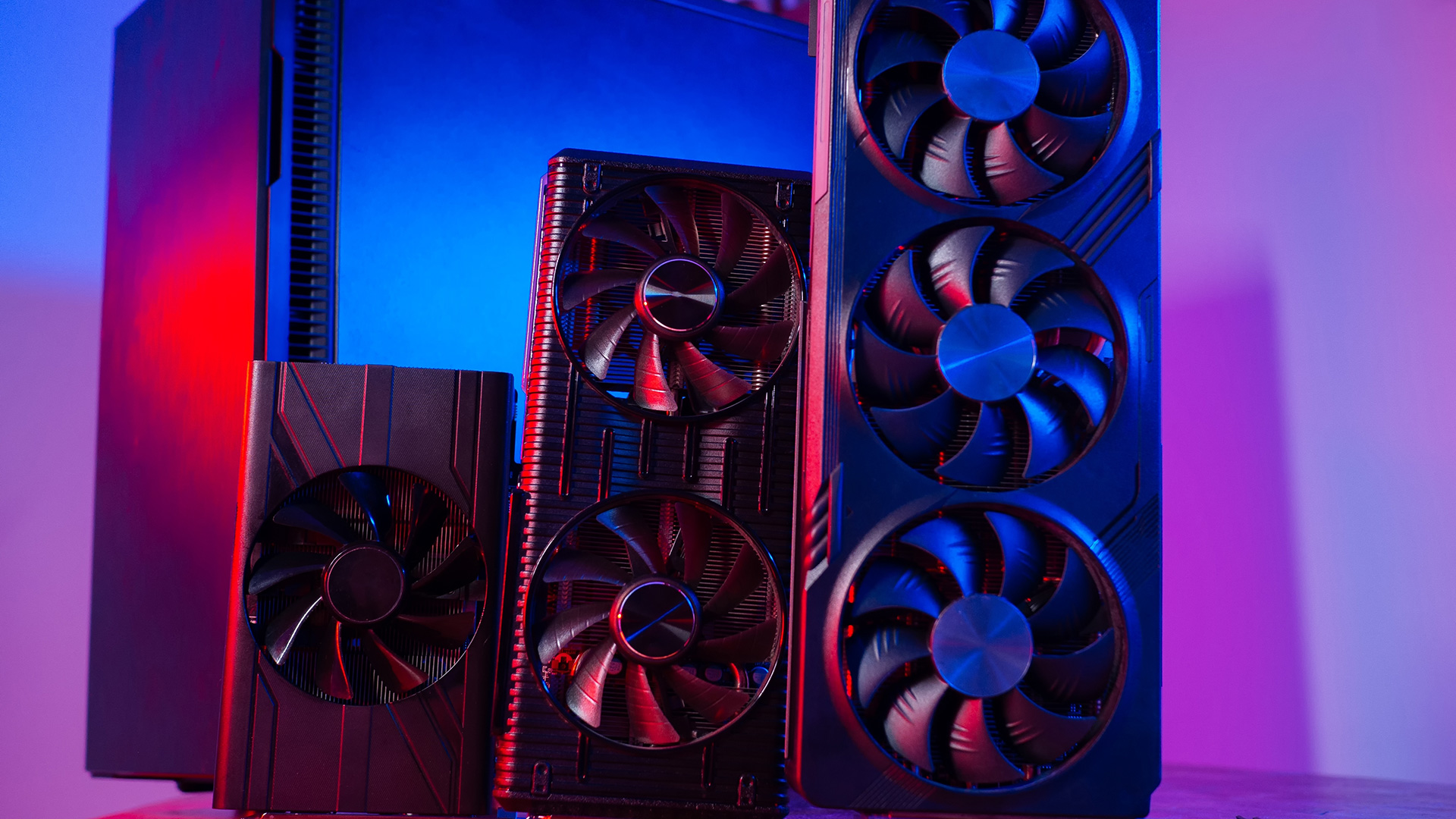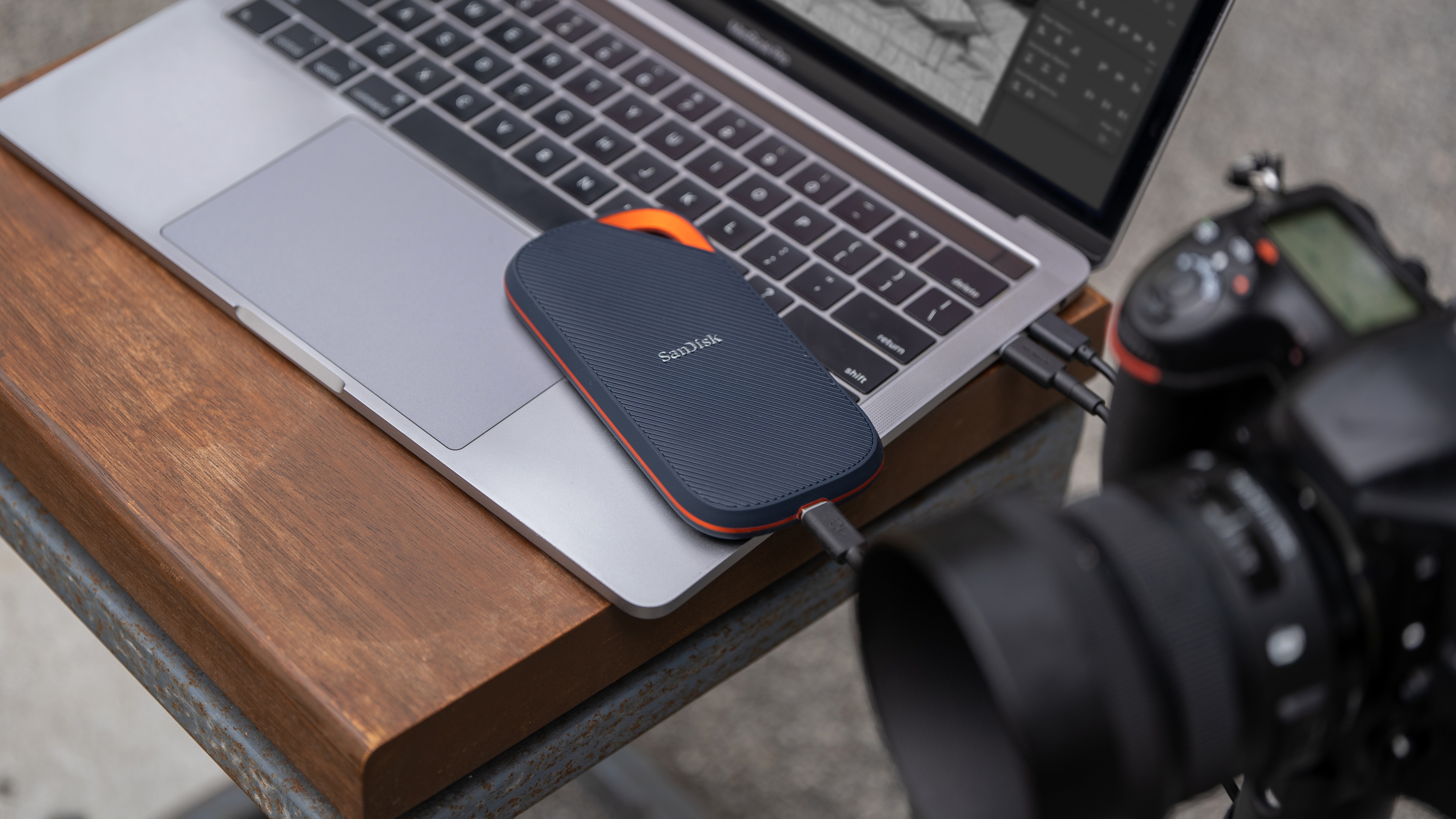785G And H55: Two Powerful Mini-ITX-Based Desktop Solutions
When it's time to look into small form factor machines, do you pick AMD or Intel? With an increasing number of motherboard companies offering Mini-ITX platforms with powerful desktop performance in a diminutive footprint, we compared two modern options.
Benchmark Results: Power Consumption

System idle power is probably one of the most important results if you intend to run your machine 24x7. A low idle power translates directly into lower energy costs, as well as lower system temperatures.
In our testing, we enabled all power saving mechanisms, so the AMD system took advantage of Cool’n’Quiet, while the Intel system used Enhanced SpeedStep and all of its deeper C-states to reduce power during idle. Nevertheless, more cores for AMD translates into higher idle power. It takes AMD’s lowest-power processors to even get close to Intel’s power consumption levels, which are reached without any extra optimization.
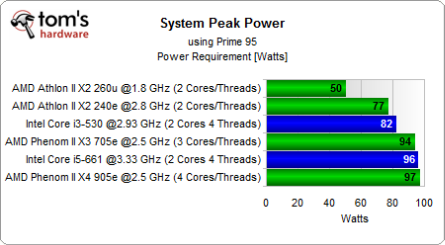
Peak power depends on the processor's TDP rating. The AMD CPUs that stay within 25 W and 45 W TDP remain at low power levels. A 50 W peak power on the Athlon II X2 260u is impressive. Intel’s processors are extremely low on idle power, but they require more power when operating at peak loads. Yet, this combination could be ideal to dominate the efficiency tests.
Stay On the Cutting Edge: Get the Tom's Hardware Newsletter
Get Tom's Hardware's best news and in-depth reviews, straight to your inbox.
Current page: Benchmark Results: Power Consumption
Prev Page Benchmark Results: Audio/Video Next Page Benchmark Results: Single-Thread Efficiency